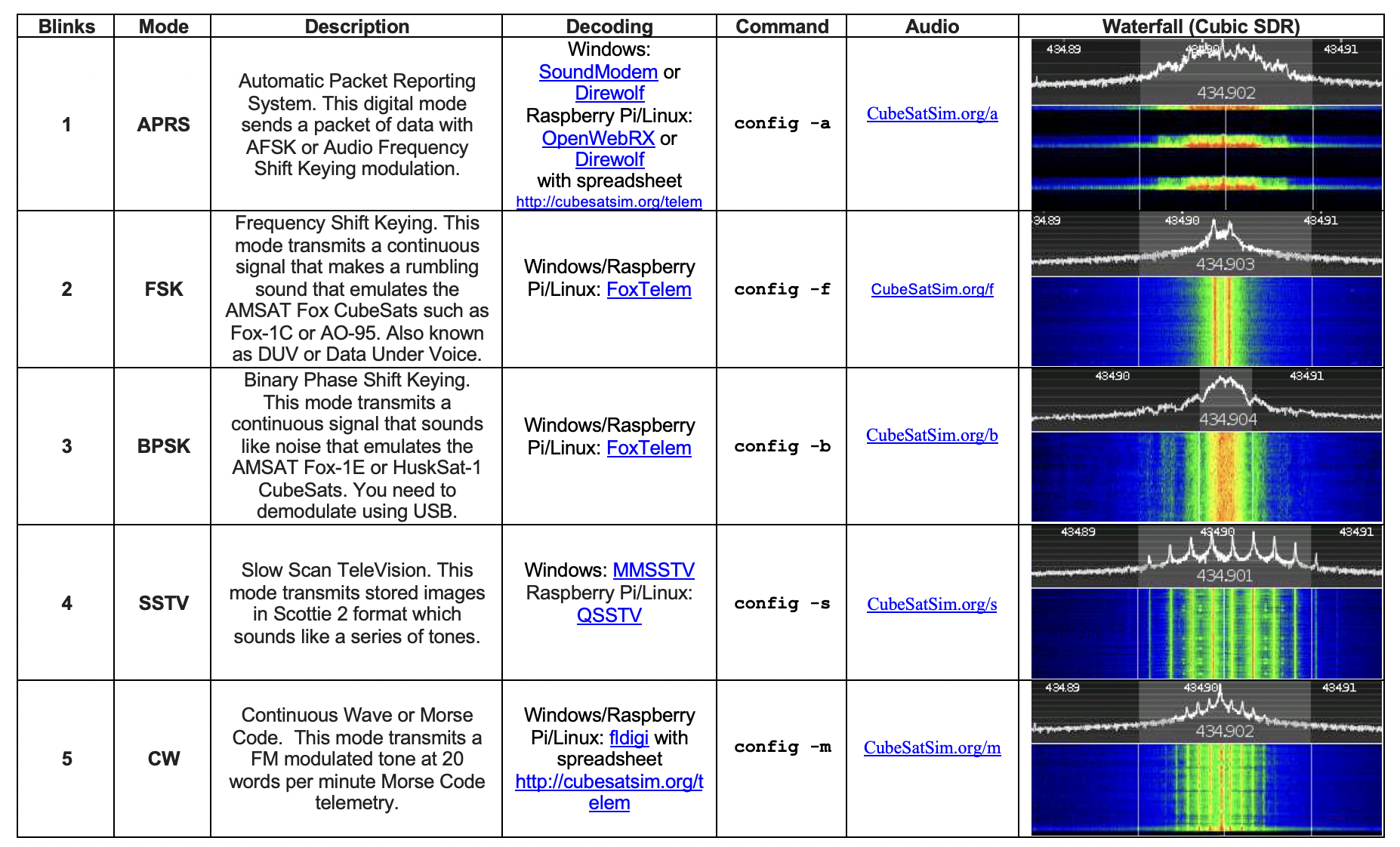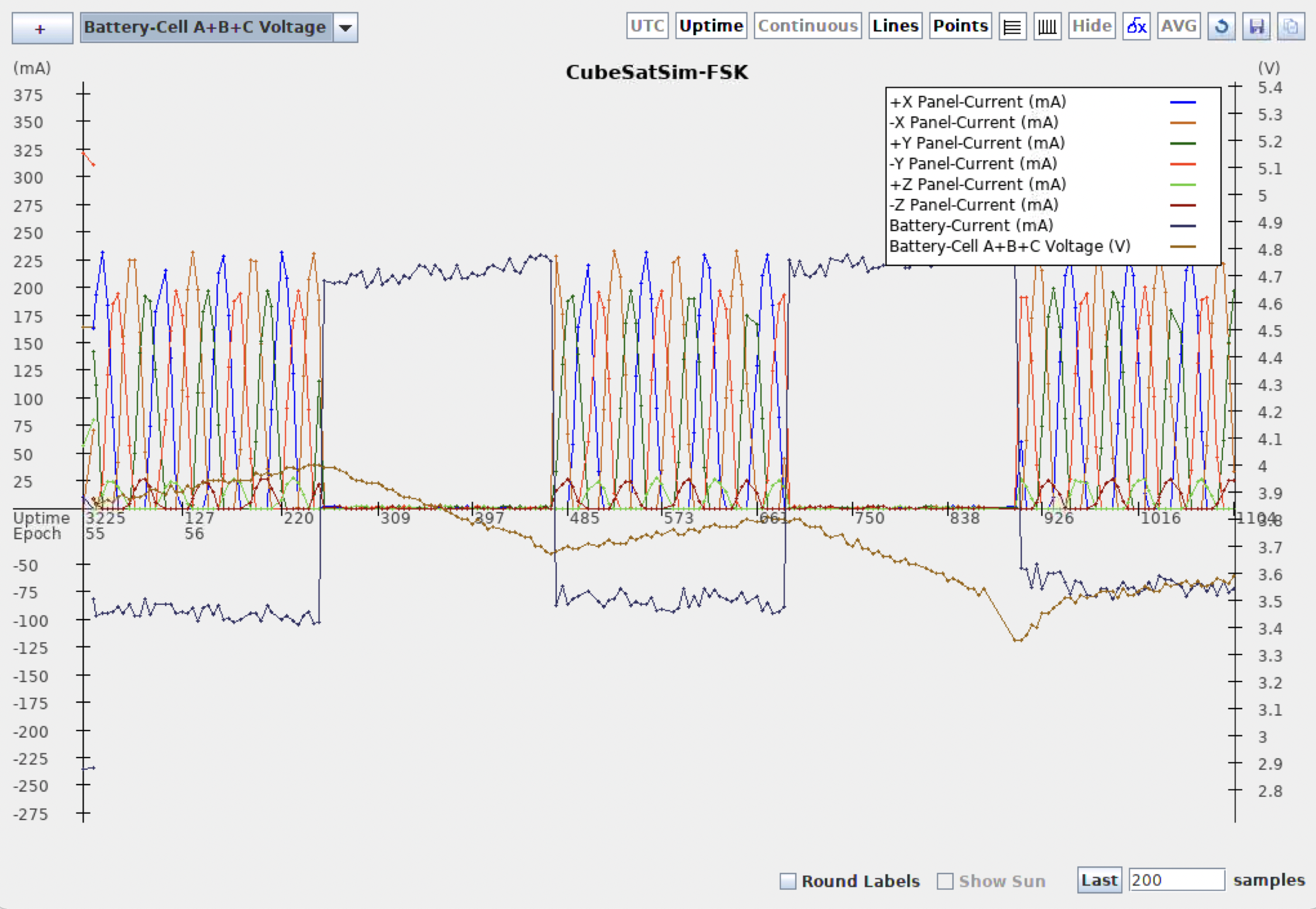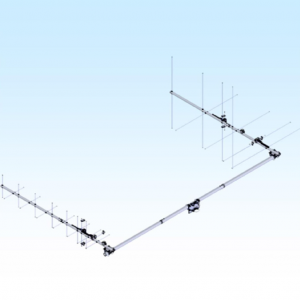AMSAT CubeSatSim Lite Beta Board Only ** Do not have these anymore **
$65.00
Out of stock
Description
AMSAT CubeSatSim™ Lite Beta Fully Assembled Board Only
(Raspberry Pi NOT Included!)
$65 including shipping (to US mailing addresses only)
If you enter a non-United States address for shipping, we will refund the purchase and close the order
You may have seen the AMSAT CubeSat Simulator or CubeSatSim at Hamvention or at the AMSAT Space Symposium, or read about it in The AMSAT Journal or on social media with the hashtag #CubeSatSim. This is a low-cost, fully assembled “lite” version of the CubeSatSim. While it doesn’t have solar panels, batteries, or sensors, the AMSAT CubeSatSim Lite does have a working transmitter that sends simulated (generated by software) telemetry in five different modes including APRS, FSK, BPSK, SSTV, and CW.
The AMSAT CubeSatSim Lite comes fully assembled and ready to start transmitting as soon as you plug it into your own Raspberry Pi computer (not included).
There are two pushbuttons and two LEDs on the Lite board. One pushbutton powers up the CubeSatSim Lite. The other button is used to change the telemetry mode or shutdown the CubeSatSim Lite. The green LED is the Power LED which indicates that the CubeSatSim software is running. The blue Transmit LED indicates that the CubeSatSim Lite is transmitting.
If your Raspberry Pi is on your network, you can log into it and customize it, and change modes and configurations. For full information, see the README: https://cubesatsim.org/download/cubesatsim-lite-readme.pdf
You can listen to the transmissions from the CubeSatSim Lite with any radio or scanner that receives in the amateur radio 70cm band at 434.9 MHz. To decode digital telemetry or pictures, you will need to use a SDR (Software Defined Radio) and software such as FoxTelem, an APRS decoder, or a SSTV decoder. A good option is to use a Raspberry Pi single board computer with the Fox-in-a-Box Version 3 image, which can be downloaded for free here or on a Fox-in-a-Box Raspberry Pi SD Card.
Note that the CubeSatSim Lite board includes a 433 MHz chip dipole antenna (the black component on the right in the photos) installed on the PCB so no external antenna is needed! If you want to connect an external antenna, there is a place on the PCB for you to solder an SMA connector.
This item contains:
- AMSAT CubeSatSim Lite vB5 board
- 16 GB micro SD card with the open source CubeSatSim software which generates simulated telemetry data. NOTE: If you plan to plug your Lite board into a Pi 3B or 4, let us know if the Comments of your order and we will ship an SD card with the Raspberry Pi Desktop OS.
- Four standoffs, screws, and nuts which secure the Lite board to the Pi
You will need to plug this board into a Raspberry Pi computer (a Pi Zero, Pi Zero W, Pi Zero 2 W, Pi 3B, Pi 3B+, and Pi 4 all work – see https://www.raspberrypi.com/products/ ) to use this. They can be a little hard to find right now, so make sure you have a Pi before ordering!
Note, if you use a Pi Zero (any type), it needs to have the 40 pin GPIO pin header soldered in place. This pin header is always installed in a Pi 3 and 4, but you usually have to solder it in yourself on a Pi Zero.
If you want to build a full CubeSatSim, check out the AMSAT CubeSatSim PCB Set.
Resources:
- For more information on the CubeSatSim Lite, see the Wiki page:https://github.com/alanbjohnston/CubeSatSim/wiki/CubeSatSim-Lite
- README file for the CubeSatSim Lite: https://cubesatsim.org/download/cubesatsim-lite-readme.pdf
- There are a series of YouTube videos that introduce and explain how to operate the CubeSatSim Lite:https://cubesatsim.org/lite-videos
- Schematics and Gerbers for the CubeSatSim™ Lite vB5 PCB:https://github.com/alanbjohnston/CubeSatSim/tree/master/hardware/lite/vB5
- CubeSatSim open source software:https://github.com/alanbjohnston/CubeSatSim
- AMSAT Journal articles about the CubeSatSim:https://CubeSatSim.org/papers












